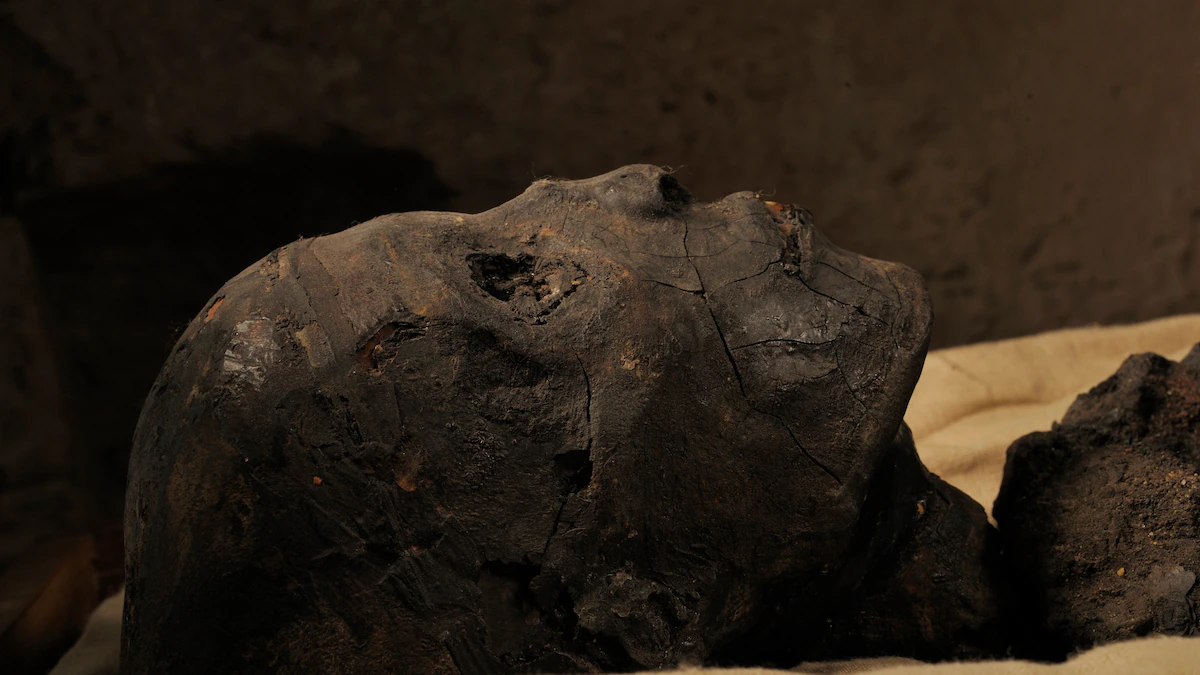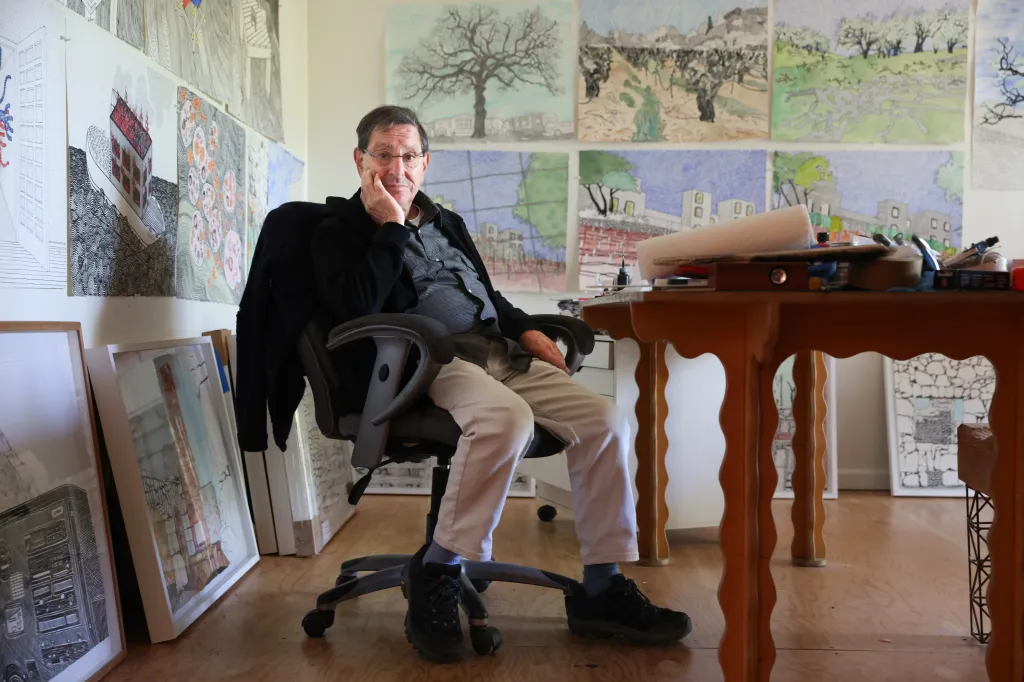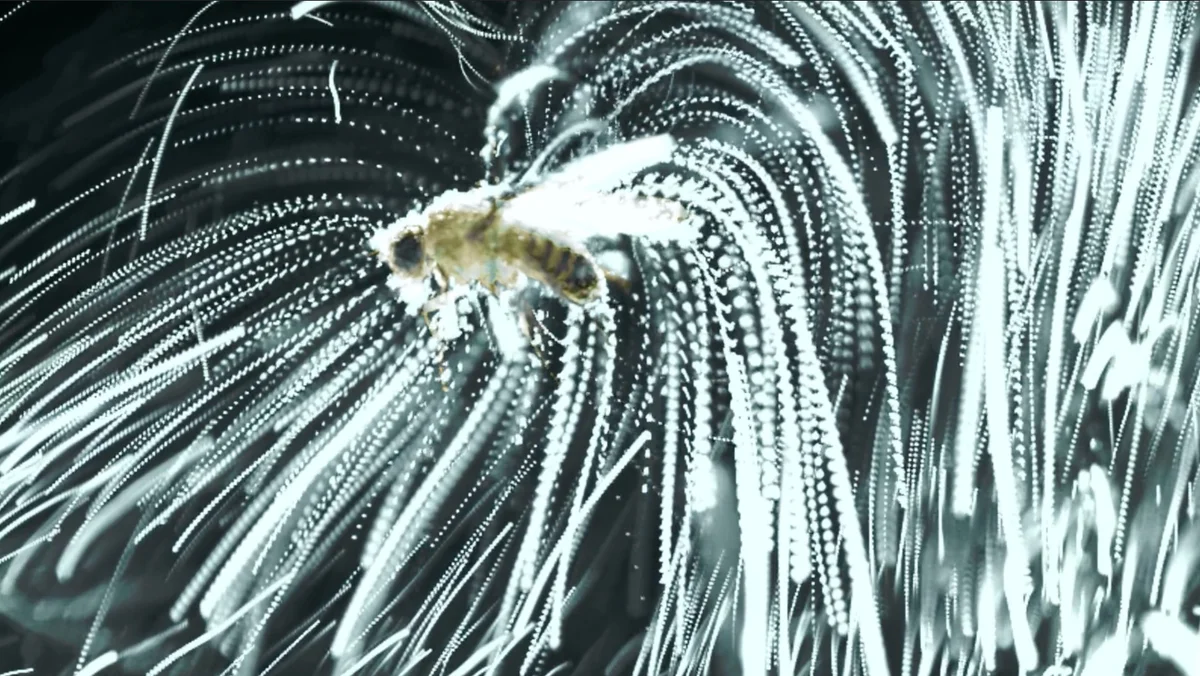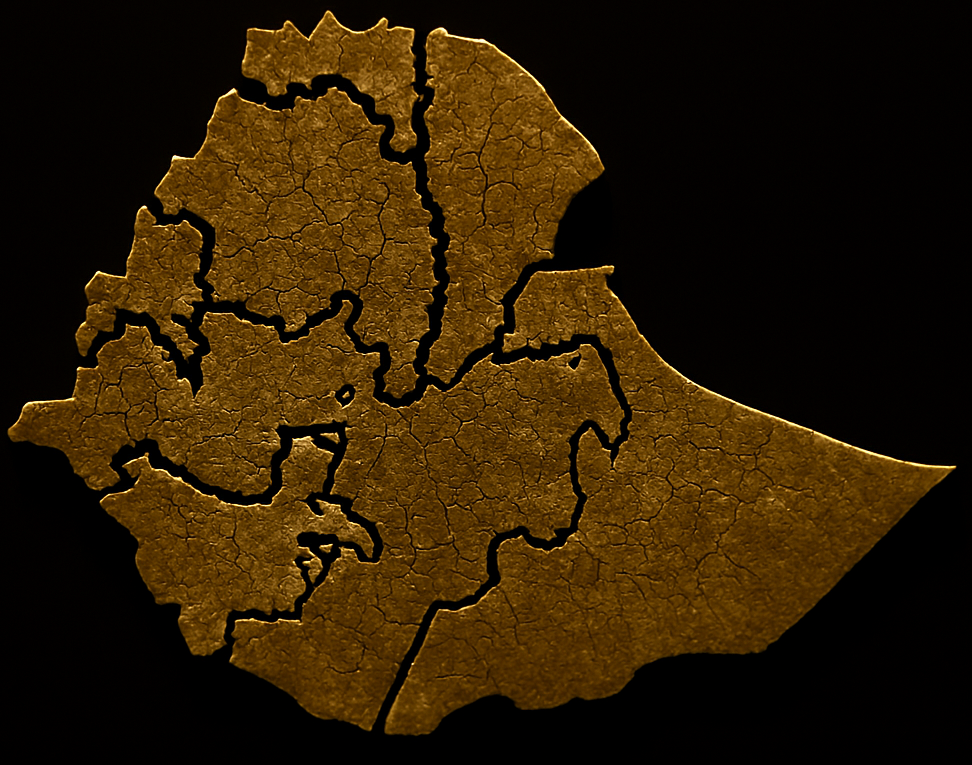Copyright National Geographic

Excerpted from Dinner with King Tut: How Rogue Archaeologists Are Re-creating the Sights, Sounds, Smells, and Tastes of Lost Civilizations by Sam Kean. Copyright © 2025. Available from Little, Brown and Company, an imprint of Hachette Book Group, Inc. Cultures throughout history have mummified their dead, and a handful still do today, but Egyptian mummies remain the most iconic. Unfortunately, the Egyptians wrote down virtually nothing about their embalming process. This leaves experimental archaeology as one of the few avenues available for understanding mummification, and several practitioners have indeed recreated mummies in modern times. In most cases, they work with animals, but a few intrepid souls have mummified human beings, most famously when Bob Brier and Ronn Wade did so in 1994. Wade grew up wanting to be a mortician like his father. After a stint as a medic in the Vietnam War, he became an anatomist and eventually the head of Maryland’s state anatomy board. Brier also has training in anatomy, but is an Egyptologist by training and passion. He’s accumulated so many books on Egypt over his life that he rents a second apartment just to accommodate them. Brier and Wade selected their mummy from the pool of people in Baltimore who donated their bodies to science. Ultimately, they settled on a 76-year-old Caucasian man who died of a heart attack. His identity remains secret, but a bit crassly, Wade nicknamed him E. M. Balm. (Inside an ancient mummification workshop) For authenticity’s sake, Brier and Wade used replicas of pharaonic-era tools and materials, including linen wraps, an oddly wide wooden embalming table, and copper and obsidian blades—although they quickly abandoned the copper ones, which couldn’t cut flesh well. Before starting on their mummy, they practiced one important step on other cadavers: extracting the brain. Instead of using full cadavers for this, they obtained some decapitated heads leftover from a medical school’s plastic surgery class. (“They were looking a little weird,” Brier recalls. “They’d had facelifts and such.”) From some scant references, Brier knew that Egyptian embalmers removed the brain by inserting a hooked rod through the nostrils, but the details were vague. Brier and Wade first tried scooping the brain out with such a rod, but the tissue proved too soft and wouldn’t come out. They finally took to squirting water up the cadaver’s nose, then used the rod to whisk the brain into a slurry. After that, it poured right out. “Like a milkshake,” Brier says. “A strawberry milkshake to be exact.” LIMITED TIME OFFER Skills honed, the duo began making their mummy in May 1994. The first step involved removing his organs. Different organs met different fates in Egypt. Unclear about the purpose of the brain, embalmers typically threw it away. The heart, in contrast, was left in situ; it was considered the seat of all thinking, emotion, and intelligence. Abdominal organs were carefully extracted and preserved. Following this protocol, Brier and Wade made a 3½-inch incision in their cadaver’s abdomen and removed the spleen, liver, gallbladder, lungs, and 22 feet of intestines. Given their size, extracting the liver and lungs required some creative geometry and determined squeezing. The most difficult part involved detaching the lungs from the heart while working blind inside such a tiny hole. With the organs removed, the pair cleaned the abdomen with palm wine and myrrh, then stuffed frankincense into the skull. This was an important ritual step to prepare the body for the afterlife, and also helped kill microbes and mask bad smells. Ancient embalmers used other sacred substances as well, often imported from Europe and Asia at great cost—pistachio resin, beeswax, castor oil. Ramses the Great’s mummy had peppercorns from India shoved up his nose. Next, Brier and Wade dehydrated the body using natron, a mineral of equal parts salt and baking soda that forms naturally in Egyptian wadis, or dry gullies. Like a sponge, natron sucks the moisture out of flesh, leaving it too dry to support bacteria, maggots, beetles, and other putrefying agents; the leftover tissue is essentially jerky. (Fully committed to authenticity, Brier dug the natron himself in Egypt, and recalls that sneaking hundreds of pounds of unidentified white powder through customs at JFK Airport was one of the more ticklish aspects of the project. Luckily, he was traveling with a film crew, and could hide the powder in suitcases amid their equipment.) In their lab, Brier and Wade placed the mummy’s spleen, lungs, liver, and intestines into bowls and covered them with natron. They also packed 29 linen bags of the powder into the body’s empty torso, laid the body on top of 211 more pounds, and dumped 583 additional pounds over it. They kept the body in Wade’s old office, with the heat cranked up to 104°F and dehumidifiers running night and day to simulate Egyptian air. Over the next five weeks, the natron on top turned crusty and brown from absorbing bodily juices, forcing Brier and Wade to crack through it with an iron rod. (Today Brier remembers the odor as acrid but not unpleasant, although news reports at the time say he and Wade donned surgical masks against the smell.) Regardless, the sight of the body beneath thrilled Brier. As it dries, the skin of mummies tightens and shrivels, especially on the face and scalp. The lips retract to reveal the teeth, and skin with less melanin turns brown-yellow. Brier always wondered whether those changes resulted from the immediate mummification process, or from several thousand years of weathering in Egypt’s arid climate. One glance at his mummy and Brier knew the answer: even after five weeks, “he looked just like Ramses the Great,” he recalls, with leathery skin, a beaky nose, and wispy hair sticking up. The embalming process, not time, made the iconic mummies we know today. Beyond changing the body’s appearance, the dehydration process left the limbs as stiff as tree branches, and dropped its weight from 188 pounds to just 79. (Thirty-one pounds of that represented the removal of organs.) The organs drying in the bowls withered as well, which helped explain another mystery of Egyptian mummification: as other archaeologists have noted, embalmers typically placed the organs in so‑called canopic jars, funerary vessels with slim necks—so slim that it seemed impossible to fit the larger organs inside. But the natron shrunk them down enough to slip right in. (This is the earliest Egyptian embalming recipe) After removing him from the natron, Brier and Wade gave Mr. Balm a full body massage with lotus, cedar, and palm oils, another step that, while important ritualistically, also had pragmatic benefits—restoring flexibility to the joints, making the mummy easier to handle. This accomplished, they wrapped the body in linen bandages. (Embalmers in ancient times started with the hands and feet, wrapping each digit separately, then proceeded to the arms, legs, and torso. The penis was individually wrapped as well—or, if embarrassingly shriveled, a cod‑piece of stiff linen was bound in place.) At this point, they let the mummy dry for three more months in the arid office, which dropped its weight to 51 pounds. Afterward, they added several more layers of wrappings. In between the layers, they slipped magic amulets and scraps of papyrus with spells on them, a common practice in ancient times. For the past three decades, the mummy has been lying in a metal casket in Maryland, stored at room temperature. Brier and Wade have partially unwrapped it twice to check for rot, but found nothing amiss. “He’s dead and well,” says Brier. Among archaeologists, Brier and Wade’s experiment proved controversial. One critic fumed, “It’s macabre and . . . tasteless, and I don’t think there’s a great deal of scientific value.” Less emotionally, another pointed out that donating your body to science “should not be a blank check for any kind of experimentation” that researchers dream up. It’s a fair point. Brier and Wade, however, deny any implication that they mistreated the body: “We’re treating this man like a king,” Wade said at the time. Brier adds, “In fifty years, he’s going to be in a lot better shape than I will be.” Plus, it’s not true that the experiment lacked scientific value. It revealed much about Egyptian mummification that we simply didn’t know before—what blades embalmers used, how to remove the brain, how much natron was needed, even why embalming tables were so wide back then, four full feet—to accommodate the huge pile of natron necessary to dry the flesh. Given all the controversy, few modern archaeologists have dared embalm human beings, but several have mummified animals, a practice common in ancient Egypt. For some hands‑on experience in this realm, I decide to seek guidance from the world’s leading expert on animal mummies, Salima Ikram, an Egyptologist at The American University in Cairo. She suggests I mummify a fish, so I pick up a half-pound red snapper from the grocery store with the head, tail, and eyes intact. I start by making some bootleg natron, blending six cups of baking soda and salt with a few cups of water. I dry the resulting paste in my oven until it resembles chalk, then crumble it into powder. Next, I wash the fish inside and out with white wine, which foams up as I scrub every cranny, including under the tongue. After patting everything dry, I pack the interior with tiny linen gift bags of natron, set it on a bed of more natron in a casserole dish, and heap another few pounds atop. Alarmingly, I can smell fishy odors through the natron the next day. But it doesn’t smell rancid—more like parboiled fish. Six days later, when I unearth the snapper to check on it, I get another scare—little black flecks in the powder. Are they bugs? Putrid tissue? I don’t know, but the flesh shows no sign of rot; it looks like smoked trout, tan and stiff. Considering that it’s been sitting unrefrigerated for nearly a week during a sultry Washington, DC, summer, it’s in darn good shape. After 18 days, the snapper is half its original weight. Following Ikram’s protocol, I massage the flesh with castor, lettuce, and myrrh oils to restore pliability. The oils turn the fish an attractive gold color, but do little on the flexibility front: when I try bending the body, I cringe to hear the skin and muscles crack; several tears appear. (Perhaps I dried the fish too long, or perhaps mammal flesh absorbs oil more readily.) Nevertheless, the process impresses me overall. After wrapping my mummy fish in linen, I place it on my shelf, and it’s still there today. Last I checked, the eyes and skin were intact and there were no signs of decay or untoward odors. It was shockingly easy, then, to turn even fish—an animal proverbial for smelling horrible—into an inoffensive relic. No wonder the Egyptians considered mummification a sacred, even magical process. Sam Kean is the New York Times bestselling author of The Icepick Surgeon, The Bastard Brigade, Caesar's Last Breath (the Guardian's Science Book of the Year), The Tale of the Dueling Neurosurgeons, The Violinist's Thumb, The Disappearing Spoon and his latest, Dinner with King Tut. He is also a two-time finalist for the PEN / E. O. Wilson Literary Science Writing Award. His work has appeared in The Best American Science and Nature Writing, The New Yorker, The Atlantic, and The New York Times Magazine, among other publications, and he has been featured on NPR's Radiolab, All Things Considered, Science Friday, and Fresh Air. His podcast, The Disappearing Spoon, debuted at #1 on the iTunes science charts. Kean lives in Washington, DC.



